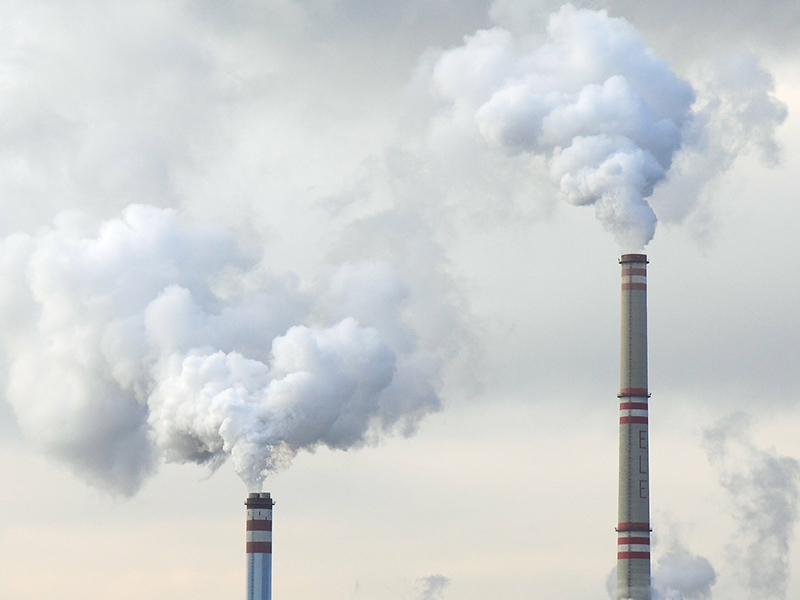Vistra Energy to Close 4 Illinois Power Plants by Year-End
The decision to retire these plants resulted from an analysis that evaluated factors such as compliance with the new emissions cap, plant economics, federal energy regulations and MISO market rules.
Vistra Energy has announced the retirement of four coal-fueled power plants to meet the requirements of the recently approved revisions to the Multi-Pollutant Standard rule imposed by the Illinois Pollution Control Board. The power plants scheduled to close, all located in Illinois, are Coffeen Power Plant, Duck Creek Power Plant, Havana Power Plant and Hennepin Power Plant.
READ ALSO: GE Pulls Plug on California Power Plan
MPS-impacted power plants
The revised MPS rule, adopted in August 2019 and in effect starting Aug. 23rd, sets annual mass-based caps for sulfur dioxide at 34,500 tons per year, nitrogen oxides at 19,000 tons per year, as well as an 11,500-ton nitrogen cap for the ozone season (June through August). Per the MPS rule, the company must permanently shut down 2,000 megawatts of capacity from eight MOS group of plants by the end of the year, pending approval by the grid operators—Midcontinent Independent System Operator and PJM Interconnection—and approval of the termination of certain tariffs by the Federal Energy Regulatory Commission.
Coffeen Power Plant in Coffeen, Ill., is a 915-megawatt facility operating since 1965. It currently employs approximately 95 employees. Duck Creek Power Plant is located in Canton, Ill., and has a generating capacity of 426 megawatts. It started commercial operation in 1976 and employs about 60 employees. The 434-megawatt Havana Power Plant is located in Havana, Ill., and has been operating since 1978. About 75 employees work at the facility. Hennepin Power Plant in Hennepin, Ill., is the oldest of them all. It began commercial operation in 1953 and has a generating capacity of 294 megawatts. Approximately 60 employees currently work there.
Shutting down the four plants will further reduce annual allowable sulfur dioxide and nitrogen oxide emissions in the MPS group of plants, driving allowable emissions down by 57 and 61 percent, respectively, from that allowed under the former MPS rule. Carbon dioxide emissions will also be reduced by approximately 40 percent relative to 2018 levels.
The decision to retire these plants resulted from an analysis that evaluated factors such as compliance with the new emissions cap, plant economics, federal energy regulations and MISO market rules. Consideration was given to prioritize retirement of higher emitting plants as suggested by IEPA and IPCB.
Vistra Energy is providing outplacement services and working with the state workforce agencies to assist the approximately 300 employees impacted by the closures. In addition, the company plans to reuse substantial transmission infrastructure and its existing footprint of available land at the coal-fueled power plant to develop renewable energy facilities, mitigating employment and property tax impacts.








You must be logged in to post a comment.